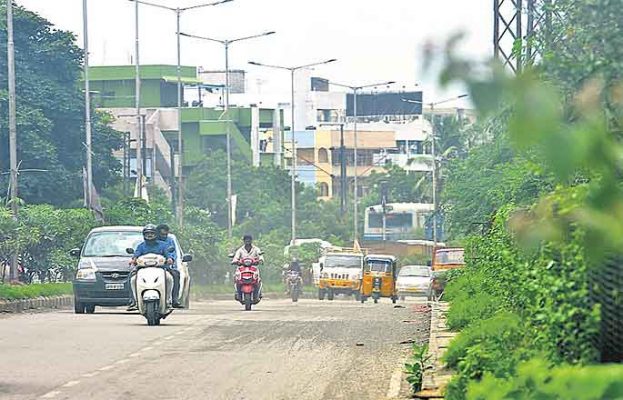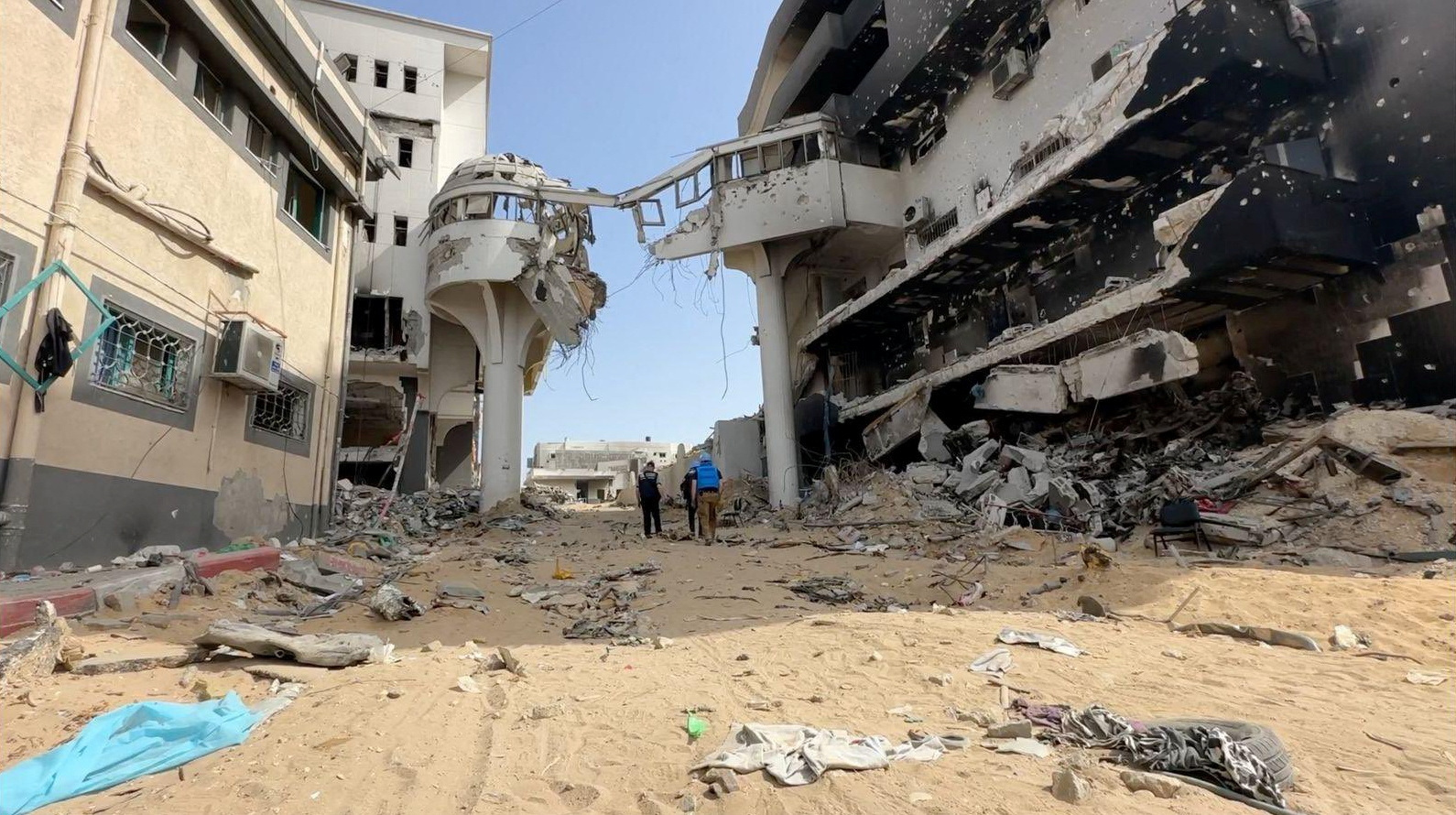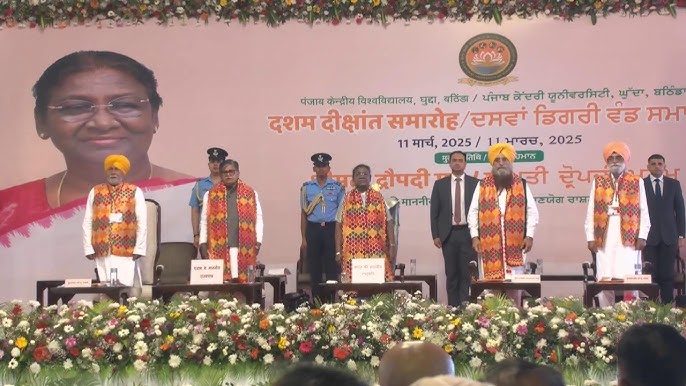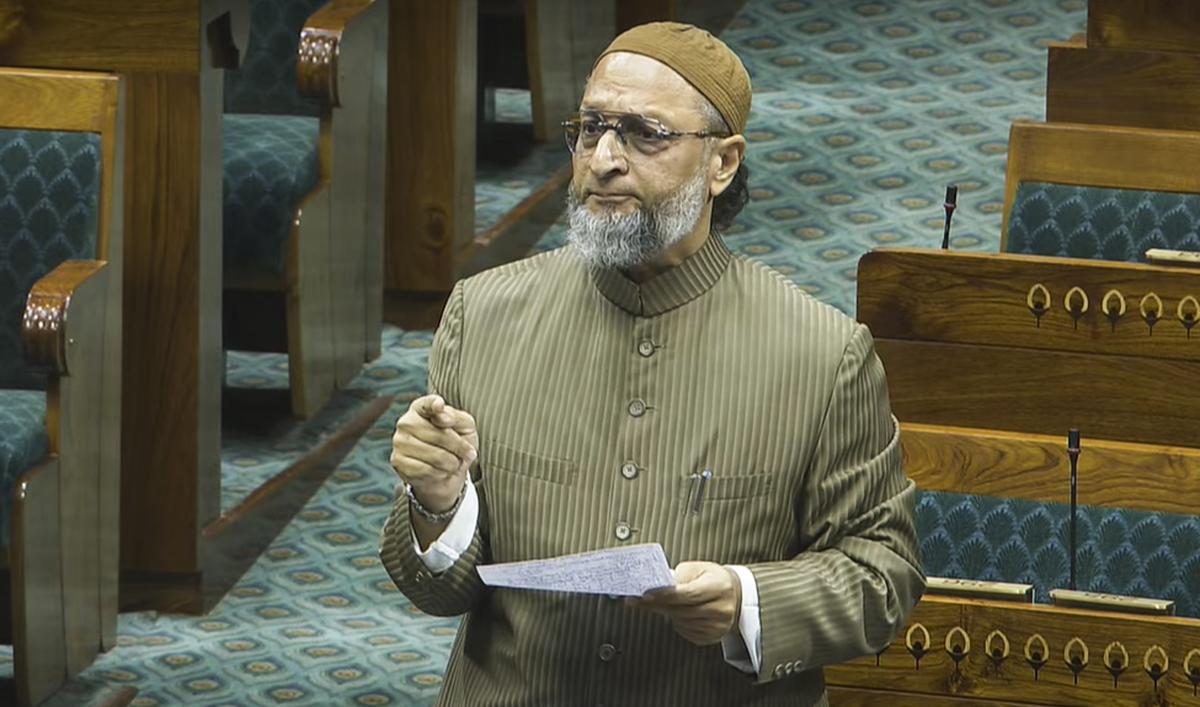Hyderabad's air better than other metro cities
Tue 30 Oct 2018, 12:06:49

According to the latest Air Quality Index (AQI) data of Telangana State Pollution Control Board (TSPCB). Apart from the air quality that usually dips in winter, Hyderabad is on a much better level compared to other metropolitan cities. It is way ahead of Delhi, Mumbai and Bengaluru in providing some respite to its citizens from air pollutants.
The air quality can be attributed to localised factors such as construction dust and, vehicular and industrial pollution. With construction activities reduced in the core of the city, there are not too many pollutants.
TSPCB’s efforts to shift industrial units from the city to the outskirts are also likely to improve the air quality. Most areas, which used to have poor ambient air quality levels, are gradually showing improvement in the last two years.
The air quality in Hyderabad has improved in the last nine months, according to the latest Air Quality Index (AQI) data of Telangana State Pollution Control Board (TSPCB).
A combination of factors, including a better mechanism to monitor air quality, regular inspections and introduction of online monitoring systems to keep a tab on industries, appears to have brought a positive outcome in Hyderabad, top TSPCB officials
said.
said.
The Continuous Ambient Air Quality Monitoring Stations of TSPCB have indicated that the graph of AQI has come down since this January. The AQI in most parts of Hyderabad is below 100, indicating that the air quality of those regions is satisfactory.
According to TSPCB data, back in January, the AQI levels at Sanathnagar were 229, which falls under the category of poor ambient air quality. By September, however, the AQI at this key industrial hub came down drastically to 60 which is the green zone of ‘satisfactory’ air quality.
At Nehru Zoological Park, in January, the AQI was 217 and it steadily dropped to 94 by September. Pollution monitoring stations of PCB also reveal that air quality has improved from ‘moderate’ to ‘satisfactory’ in Bollaram, Rajendranagar, the University of Hyderabad and Nacharam areas.
The key areas of traffic snarls such as Abids, Kukatpally and Madhapur too witnessed improvement in air quality. “Air pollution has dropped considerably during monsoons as pollutants got washed out, especially the particulate matter.
However, we are expecting a jump between November and January,” says TSPCB, Member Secretary, P Satyanarayana Reddy.
No Comments For This Post, Be first to write a Comment.
Most viewed from Hyderabad
Most viewed from World
AIMIM News
Delhi Assembly polls: Owaisi leads Padyatra in Okhla
Feb 01, 2025
We reject this Waqf Amendment Bill: Asaduddin Owaisi
Jan 30, 2025
Latest Urdu News
Most Viewed
May 26, 2020
Do you think Canada-India relations will improve under New PM Mark Carney?
Latest Videos View All
Like Us
Home
About Us
Advertise With Us
All Polls
Epaper Archives
Privacy Policy
Contact Us
Download Etemaad App
© 2025 Etemaad Daily News, All Rights Reserved.

.jpg)
.jpg)
.jpg)
.jpg)
.jpg)
.jpg)
.jpg)
.jpg)




.jpg)
.jpg)
.jpg)
.jpg)

























